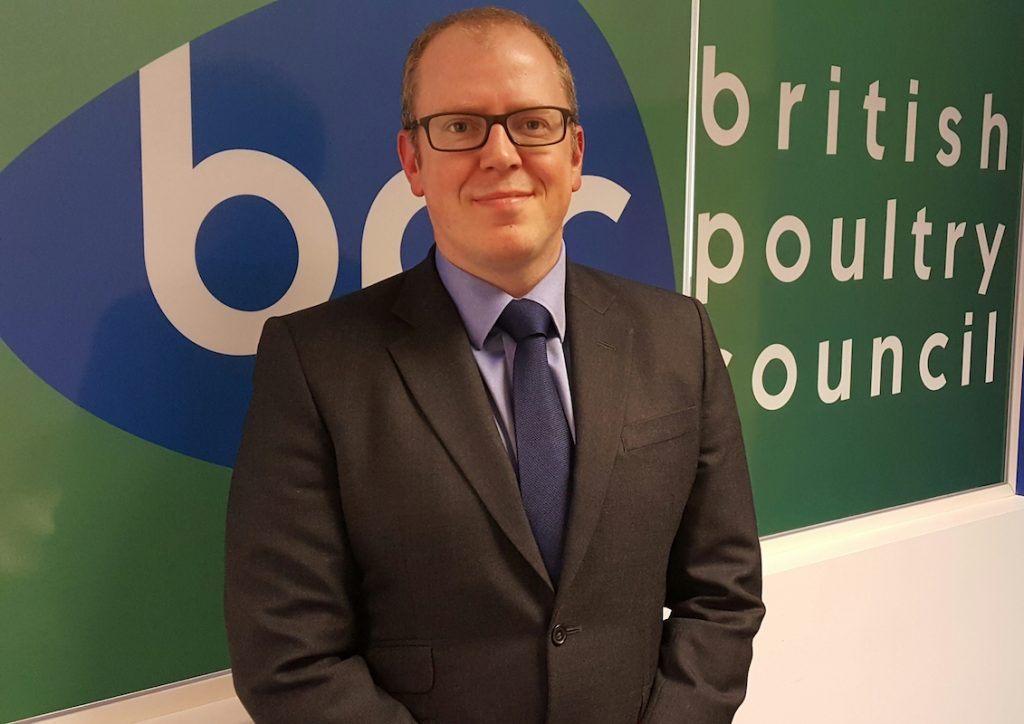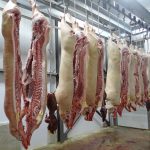Figures show proportion of birds dying on way to slaughterhouse
National newspapers have been reporting figures released by the Food Standards Agency (FSA), which show that four to seven birds per lorry load of 6,000 are dying on their way to the slaughterhouse.
The figures show that 1.35 million chickens were found to have died during transport to abattoirs or while waiting for slaughter in England and Wales from July 2016 to September 2017. In addition, a further 21,500 ducks, geese, turkeys and other poultry were found to have died on arrival.
The figures represent only a fraction of the total number of poultry slaughtered in the UK each year, according to the British Poultry Council (BPC), equating to four to seven birds per lorry load of 6,000.
An FSA spokesperson commented: “We take the issue of animal welfare very seriously.
“The FSA is working closely with Animal and Plant Health Agency, local authorities and trading standards, providing them with the welfare information they need to address issues that have arisen either on farm or during transport. Action taken by these bodies includes welfare visits to farms and hauliers.
“In addition, we are working very closely with Defra and the poultry industry to develop a guidance designed to improve poultry welfare at catching and transportation stages.”

Richard Griffiths, chief executive of the British Poultry Council.
BPC chief executive, Richard Griffiths, added: “Even though we’re talking about a very small fraction of a percentage of birds reported dead on arrival (four-seven birds per lorry load of 6,000), it is a level that we are striving to reduce.
“The British poultry meat sector has a strong track record of feeding the nation with safe, wholesome and nutritious food and we are committed to continuously evolving, and nurturing the trust and confidence that our consumers have in our food.”
Griffiths also noted that BPC is working “closely with the Food Standards Agency and Defra to identify and implement areas where improvements can be made, whether that’s how we do things or enhancing the technology and machinery that’s used”.
He stated: “We are striving to improve the health and welfare of birds across all our production systems and are developing a guidance designed to improve welfare reporting at the slaughterhouse. We have also pushed for a revised statutory code for the welfare of chickens.
“Our ongoing collaboration with the FSA has ensured that the data measuring health and welfare of birds is in the public domain, so it can be scrutinised and challenged, and that is something we welcome. We have demonstrated time and again that we are open to accepting change, encouraging innovation and sharing best practice.”
Defra commented on its blog: “The Government shares the public’s high regard for animal welfare. Anyone moving chickens has a legal responsibility to ensure they are transported in a way that won’t cause injury or unnecessary suffering to them with the Animal and Plant Health Agency (APHA) conducting regular risk-based checks to make sure stringent welfare rules are being followed. Where non-compliances are found, both APHA and local authorities take enforcement action including serving improvement notices and/or prosecution.
“We also continue to meet with the poultry industry, FSA and local authorities to discuss how to further reduce the number of welfare incidents occurring during transport, including developing new industry-led guidance.”

 Abattoir Worker Apprenticeship Standard approved
Abattoir Worker Apprenticeship Standard approved Team GB preparing for World Butchers’ Challenge 2018
Team GB preparing for World Butchers’ Challenge 2018
